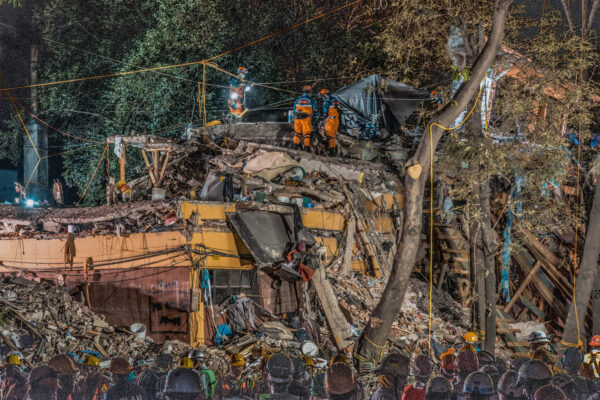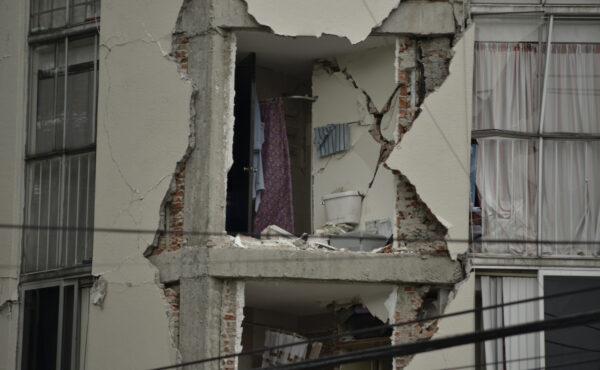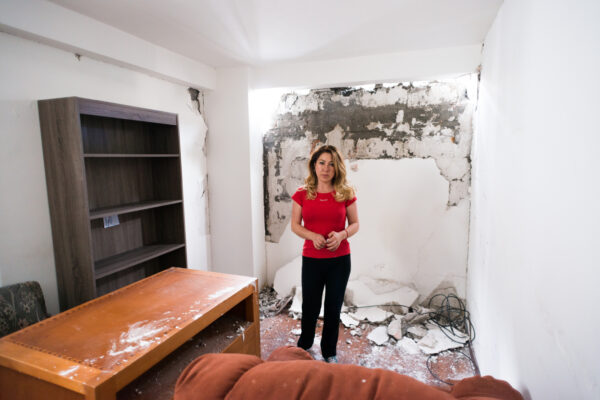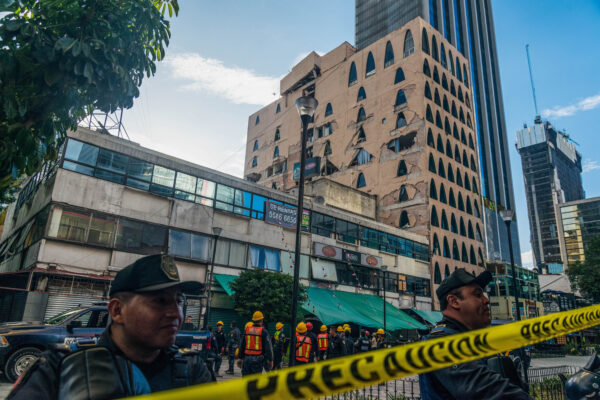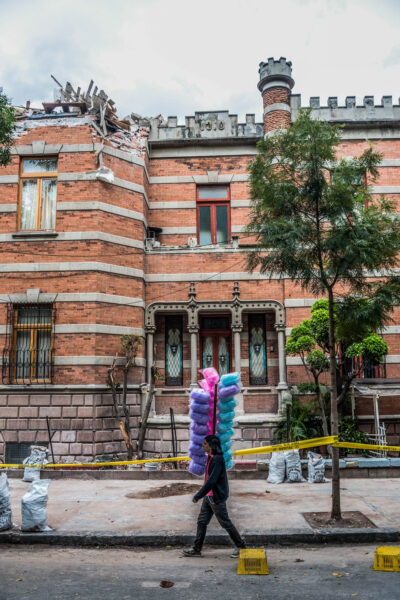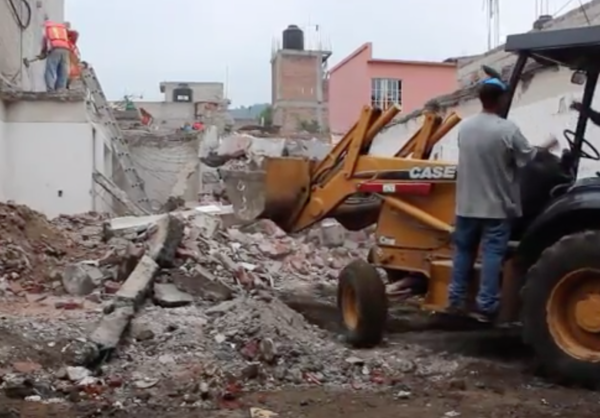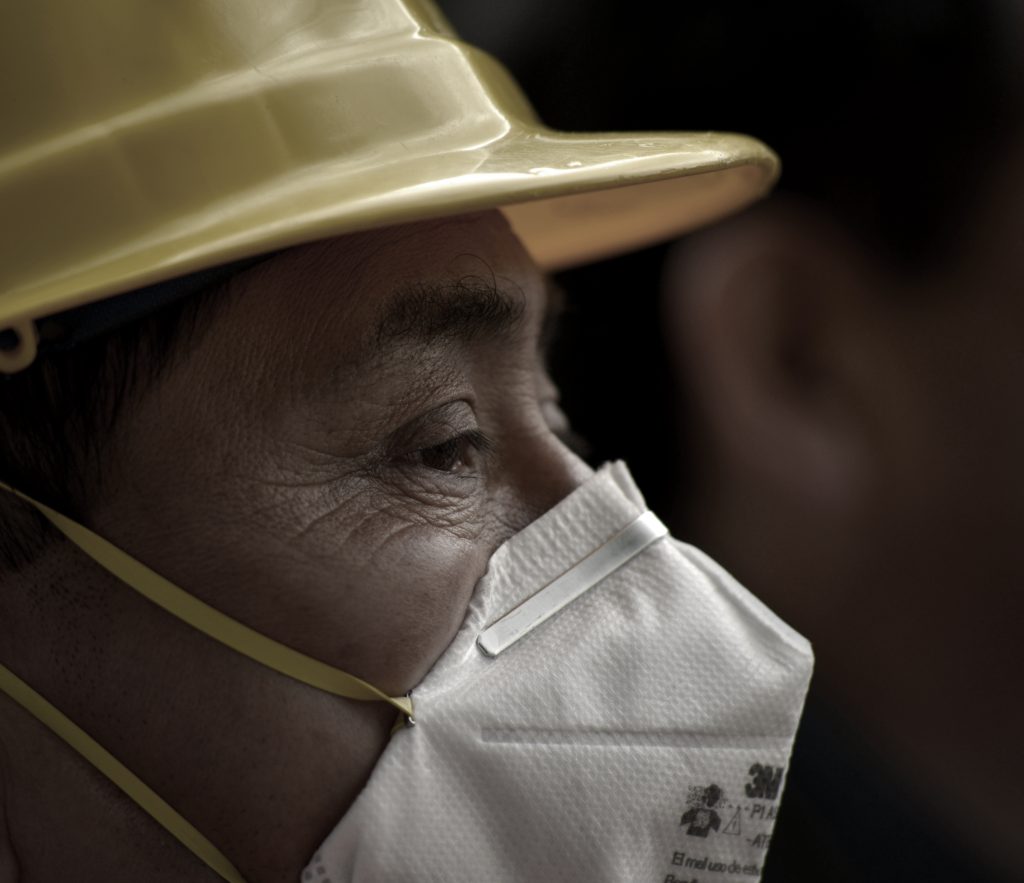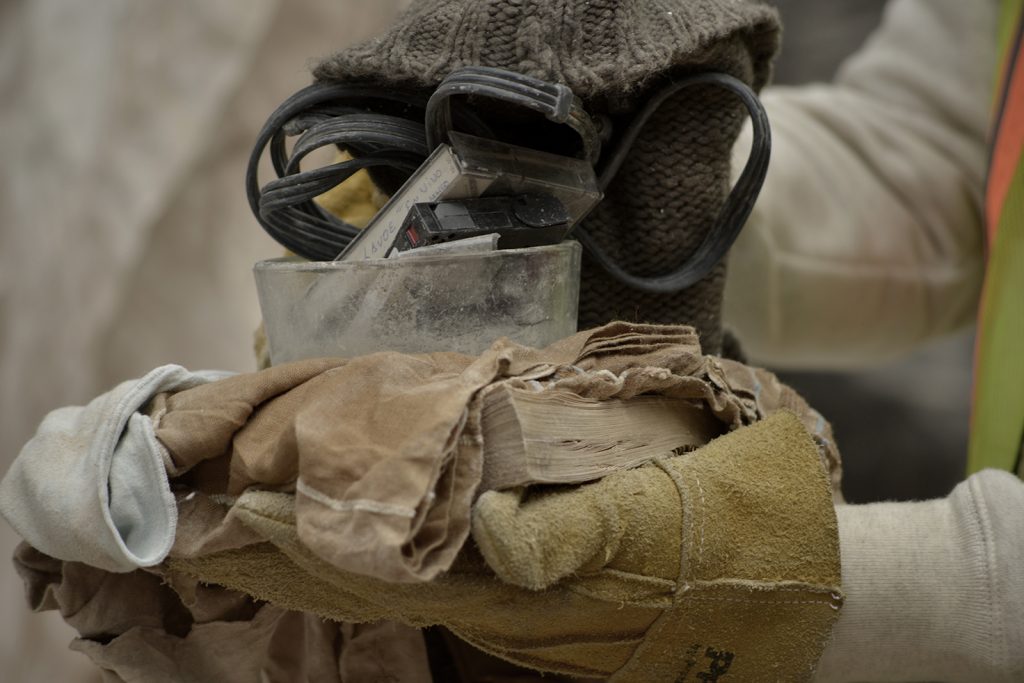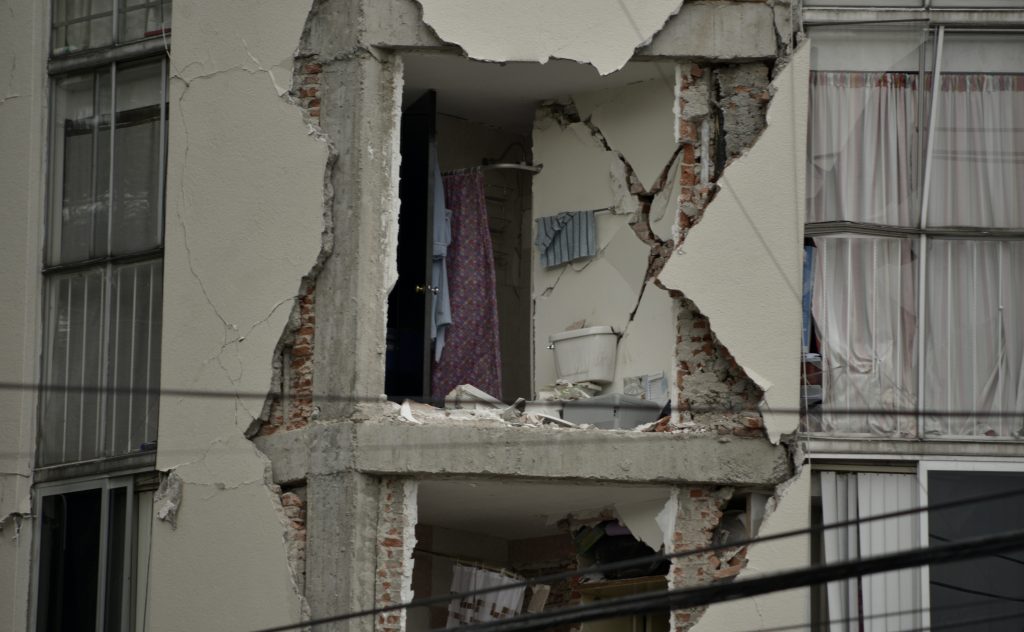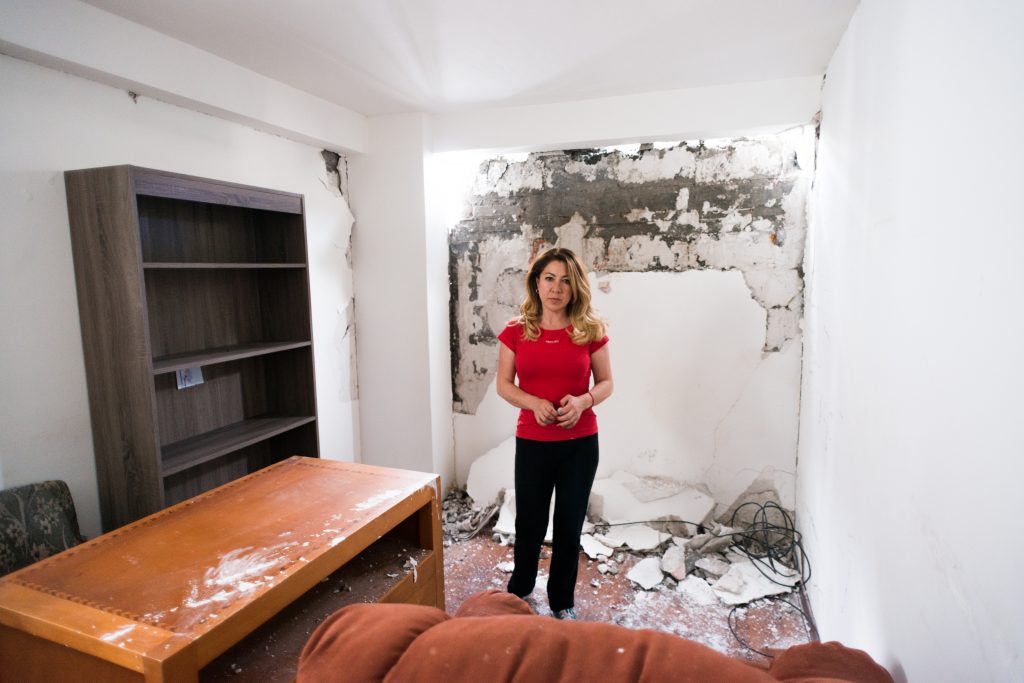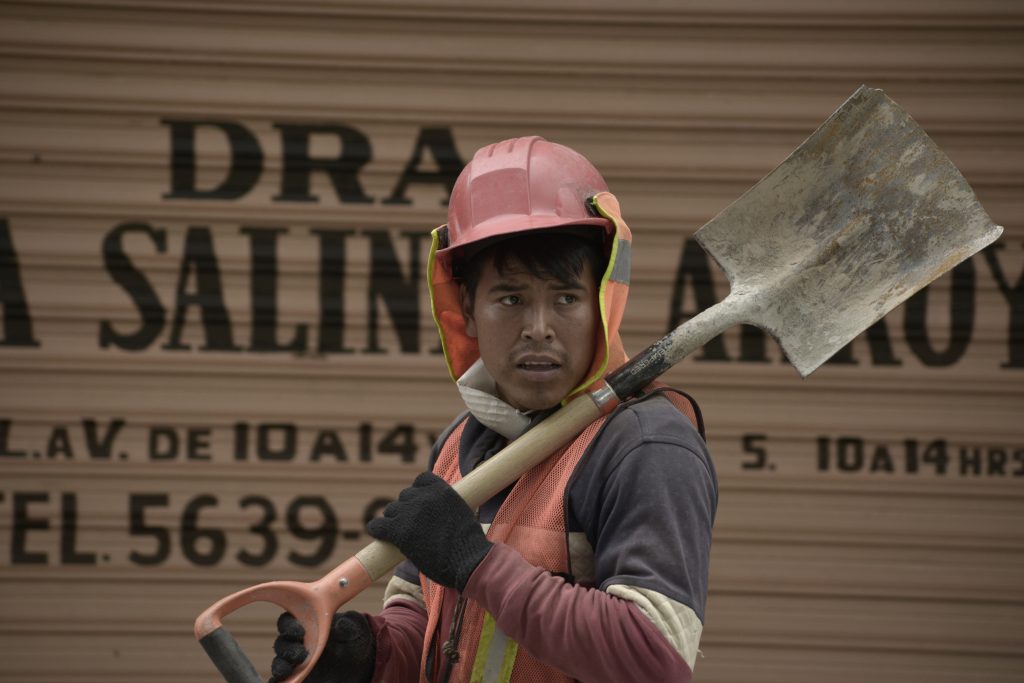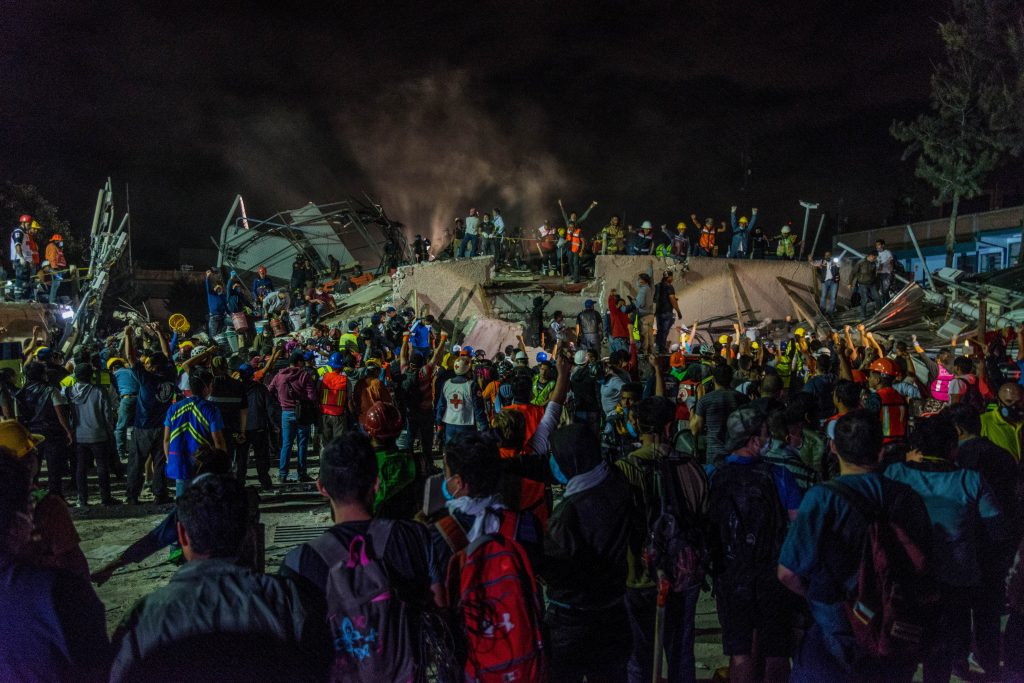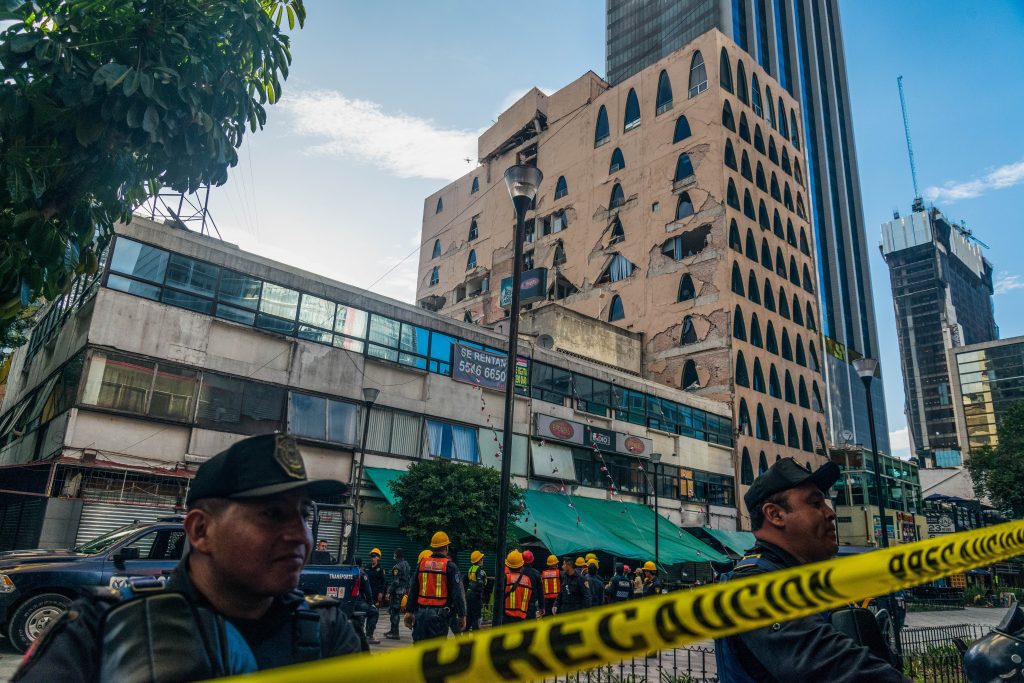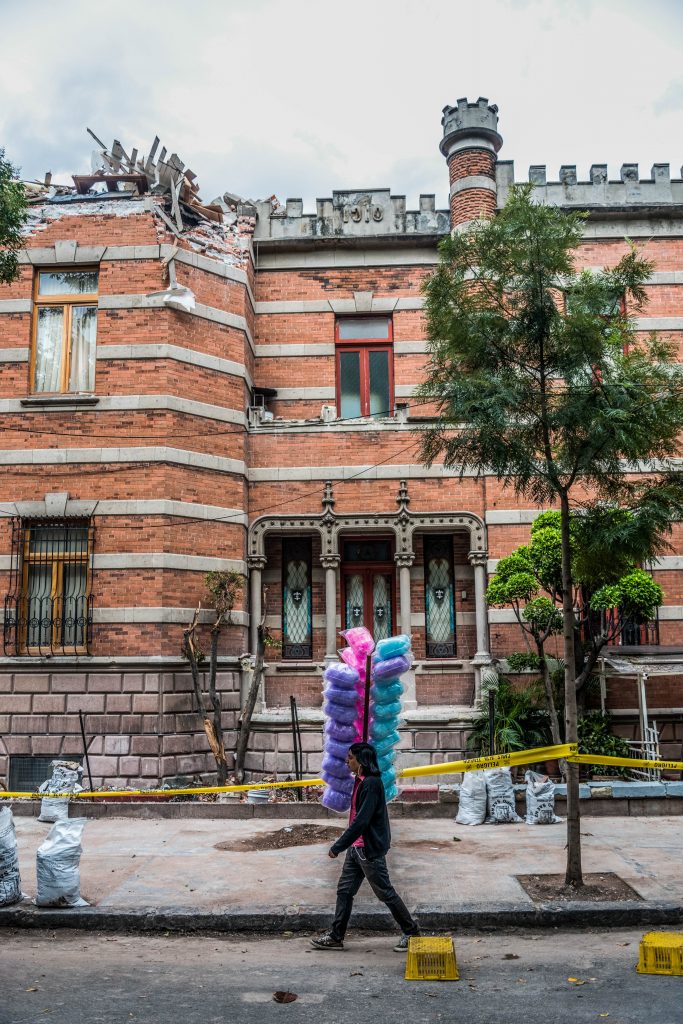Citizens carried out a major part of the immediate rescue efforts.
Courtesy of Ignacio Rosaslanda.
The broader impacts of 19S are not due to the 7.1-magnitude earthquake, but to the lack of a comprehensive response to emergencies, to reconstruction, and in particular due to the absence of a public risk management policy. In one of the world’s largest cities, where sociopolitical dynamics are complex, how should we understand this problem while facing the human loss and damage to homes, schools, and workplaces that disrupts daily life? How do we demand a forward-thinking approach to emergency response?
Mexico City, built on the basin of Lake Texcoco, is particularly vulnerable to earthquakes. The most affected areas are located along the edges of the now-extinct lake. Geography is not the culprit; vulnerability to disasters has increased due to excessive draining of groundwater, which is exacerbated by logging on cliffsides that had once helped retain water. The risk is accentuated by the absence of regulation around people self-building homes, in oversight of new developments, and in emergency protocols. Moreover, city planning regulations primarily benefit real estate companies, and lack of risk management increases the challenges posed by geography.
Listening to and acknowledging the voices of our affected neighbors is indispensable, as is enriching them with the experiences and assessments that have emerged from NGOs, scholars, and experts on earthquakes and related responses. It’s necessary to share information and transform it into governmental action. As citizens, we must demand that reconstruction efforts account for environmental justice and the guarantee of human rights for all those who live in, work in, or visit the city.

